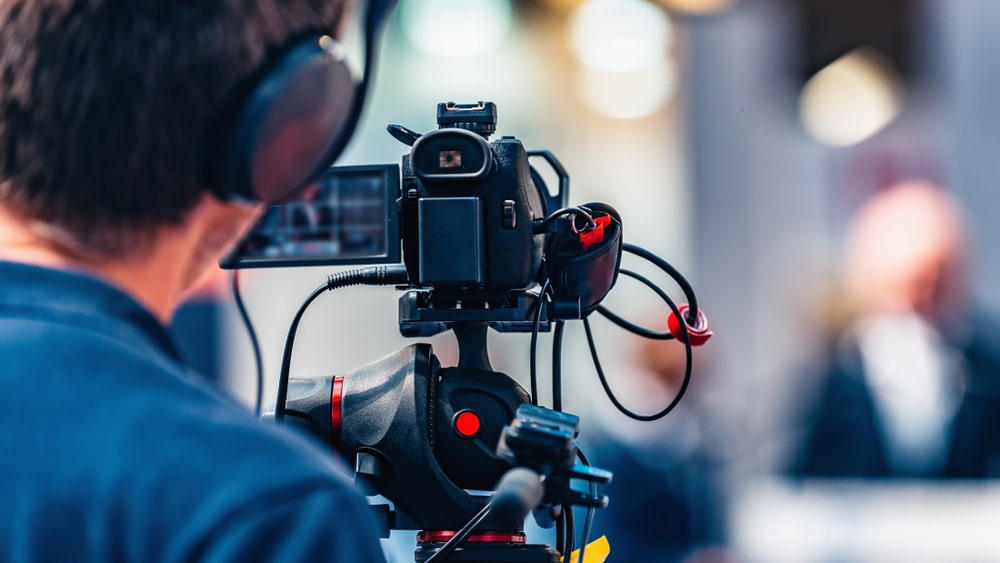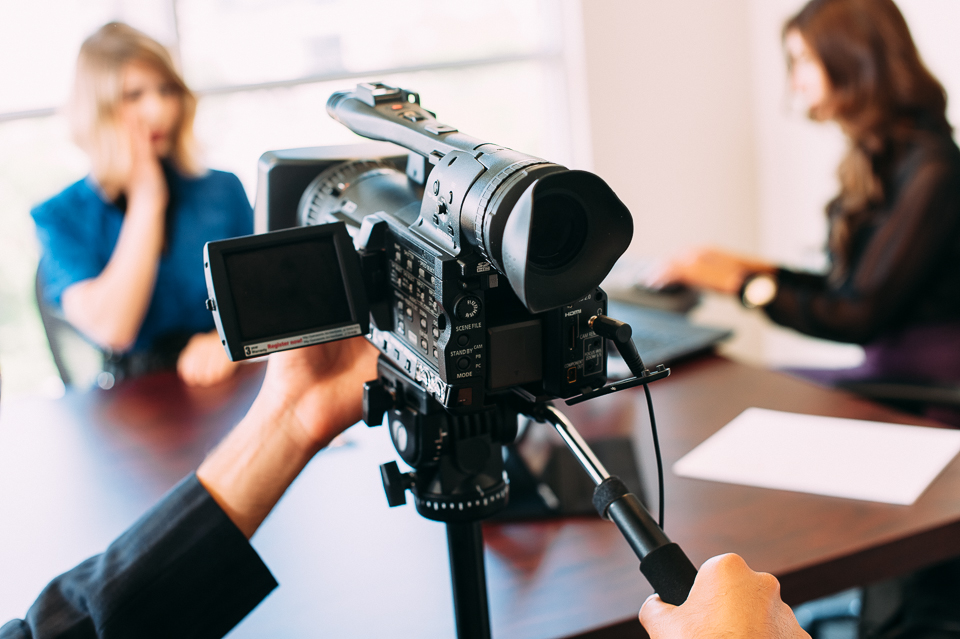Why Legal Videography Is Necessary for Accurate Legal Record-Keeping
In the realm of lawful process, the precision of record-keeping is extremely important, and lawful videography arises as an important tool in this context. By recording the subtleties of verbal and non-verbal communication, it considerably reduces the possibility for misinterpretation that can accompany conventional written documents. The preservation of genuine aesthetic evidence not just boosts the reliability of testaments yet additionally contributes to a comprehensive account of occasions. As we discover the diverse benefits of lawful videography, one need to consider its effects for the future of judicial honesty and openness - legal videography.
Relevance of Visual Proof
Establishing the importance of aesthetic proof in lawful proceedings is critical for making sure accurate record-keeping and enhancing the overall integrity of the judicial process. Visual evidence functions as a critical device in documenting events, problems, and other relevant information that may be necessary to an instance. Unlike written accounts, which are prone to analysis and bias, visual recordings offer a purpose, unalterable representation of truths as they occurred.


This kind of proof can catch a range of elements, including witness behavior, environmental context, and physical proof, all of which might influence judicial outcomes. By providing a clear and comprehensive aesthetic story, legal videography gets rid of obscurity and assists to maintain the credibility of the evidence.
Additionally, visual evidence can be crucial in minimizing disagreements over accurate discrepancies, as it enables for a straight contrast against testimony and other recorded records. In an era where digital technology is significantly common, the capability to present visual evidence effectively can significantly enhance the total top quality of lawful proceedings. Eventually, the consolidation of visual evidence not only strengthens the paperwork process yet likewise strengthens public count on in the judicial system by promoting transparency and accountability.
Enhancing Testimony Trustworthiness
The integration of lawful videography into court room proceedings significantly improves the reputation of witness statement. By catching the nuances of verbal and non-verbal interaction, video clip recordings offer a more detailed depiction of a witness's temperament, emotions, and integrity. This visual documents allows jurors to observe the witness's body movement, facial expressions, and overall manner, which are important components that can influence their perception of statement reputation.
Moreover, lawful videography lowers the capacity for misinterpretation or distortion of testament that may take place in created records. Audiences can see and hear the testimony as it existed, making certain that the context and tone are protected. This credibility fosters a better sense of count on amongst jurors, who may be much more likely to believe testament that they can witness firsthand.
Additionally, the visibility of video footage can hinder witnesses from supplying deceptive or overstated statements, as they understand that their statement is being videotaped. This responsibility enhances the stability of the judicial procedure. Inevitably, lawful videography serves as an important device in ensuring that witness statement is not just properly portrayed yet additionally viewed with enhanced integrity by all parties included.
Comprehensive Record Conservation
Comprehensive document conservation is essential for keeping the honesty of lawful process. Lawful videography functions as a crucial device in this procedure, supplying an accurate aesthetic and acoustic account of testaments, depositions, and various other pivotal minutes in a situation. Unlike conventional written transcripts, video recordings catch the nuances of body movement, tone, and feeling, which are crucial for comprehending the context and intent behind statements made throughout legal process.

Moreover, the ability to examine video proof permits lawful professionals to determine important details that may have been forgotten in composed documents. By maintaining an extensive archive of legal process via videography, law companies can copyright the highest criteria of accuracy and accountability, inevitably adding to a fairer judicial process.
Enhancing Lawful Proceedings
Improving lawful procedures is essential for improving performance and minimizing delays within the judicial system. Lawful videography functions as a pivotal device in accomplishing this objective by offering clear and accurate aesthetic documentation of court hearings, depositions, and statements. This modern technology allows for real-time recording, guaranteeing that all verbal and non-verbal cues are recorded, which can help with quicker resolution of disputes.
The assimilation of videography into legal procedures lessens dependence on typical techniques, such as prolonged transcripts, which can be time-consuming to generate and assess. By having access to videotaped video footage, lawyers can quickly reference key moments, enhancing their capacity to prepare and existing instances successfully. This immediacy additionally helps in the making clear of testaments, minimizing the possibility for false impression.
Moreover, visual paperwork fosters an extra appealing courtroom experience for jurors, aiding them to grasp complex info quicker. Inevitably, legal videography streamlines communication among all events involved, from lawyers to courts to jurors, thereby promoting a much more reliable judicial process (legal videography). In an era where time is of the significance, welcoming this modern technology is vital for the modern-day legal landscape
Admissibility in Court
Exact documents is essential not only for effectiveness however also for ensuring that proof is permissible in court. Lawful videography functions as a critical tool in this process, offering a reputable aesthetic record of testaments, declarations, and occasions. Courts frequently require evidence to satisfy details criteria of admissibility, including significance, authenticity, and dependability. Top notch video recordings can fulfill these standards by catching clear sound and visual information that composed records might ignore.
To be considered permissible, legal videography must comply with well established protocols, such as appropriate equipment use, appropriate illumination, and clear audio capture. Furthermore, it is necessary to her latest blog have certified videographers who understand the legal requirements bordering proof collection. The chain of guardianship have to also be preserved to avoid any claims of tampering or modification.
In addition, lawful videography can enhance the persuasiveness of evidence by providing jurors with a straight sight of the testimony, enabling a much more engaged understanding of the instance. In recap, the combination of lawful videography right into record-keeping not just sustains efficiency but likewise reinforces the honesty and admissibility my sources of evidence in court procedures.
Verdict
In conclusion, legal videography plays a crucial duty in guaranteeing accurate lawful record-keeping by offering objective aesthetic documents. This technique boosts the reputation of testimonies, maintains detailed documents, and streamlines legal procedures. Additionally, the admissibility of high-grade video evidence in court more underscores its value - legal videography. Ultimately, the unification of lawful videography into the judicial procedure promotes transparency and bolsters public rely on the honesty of the lawful system.